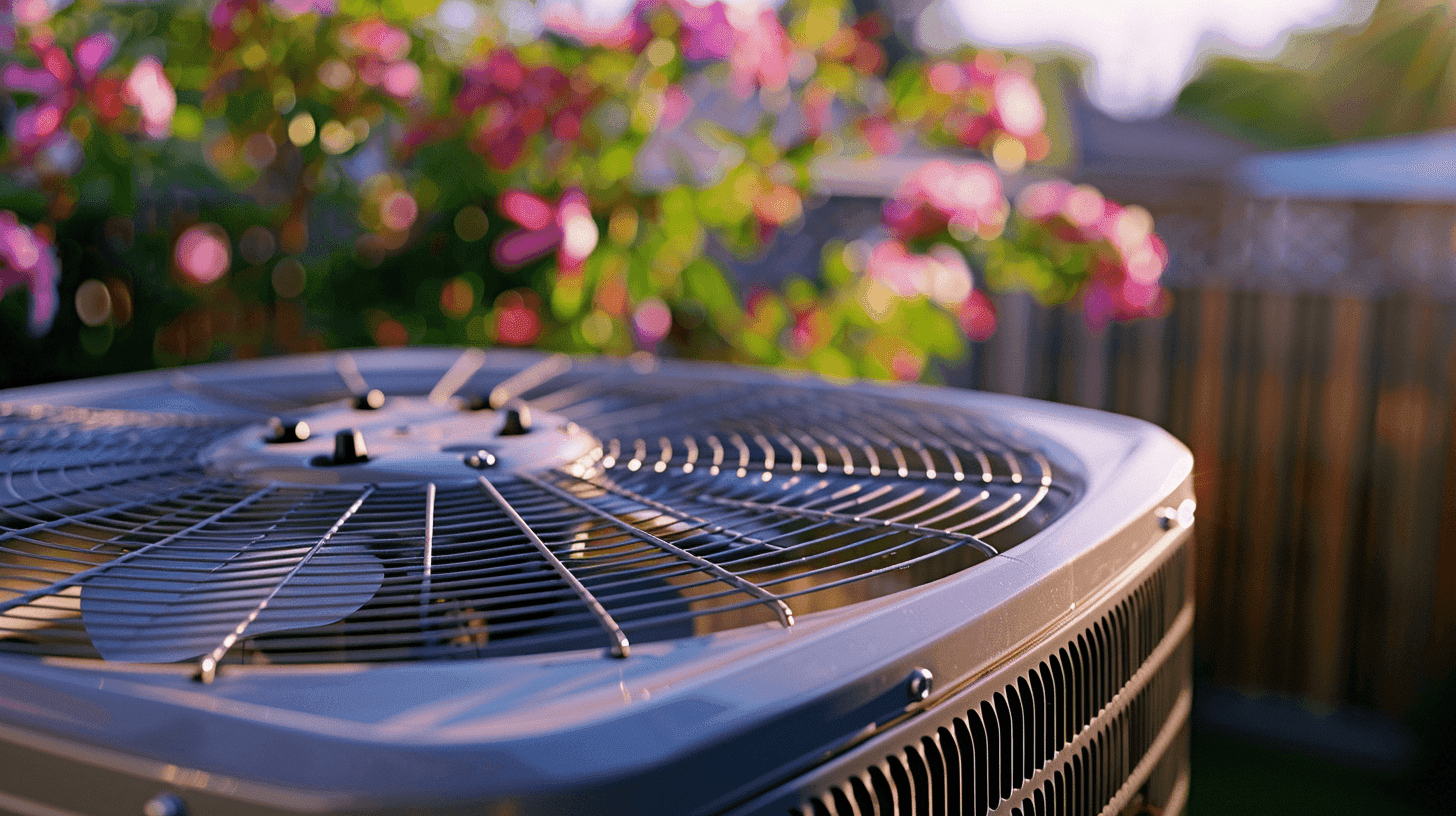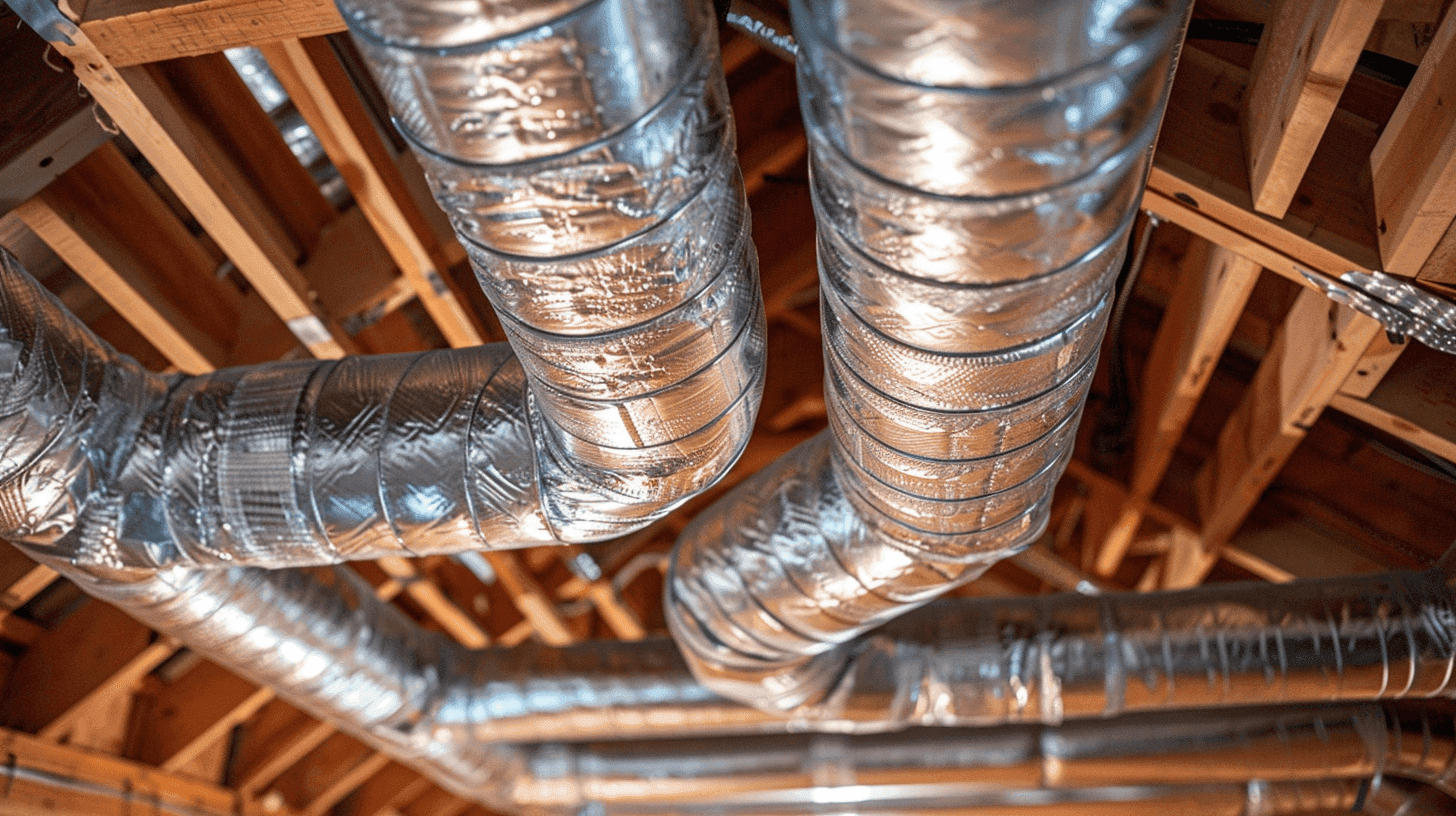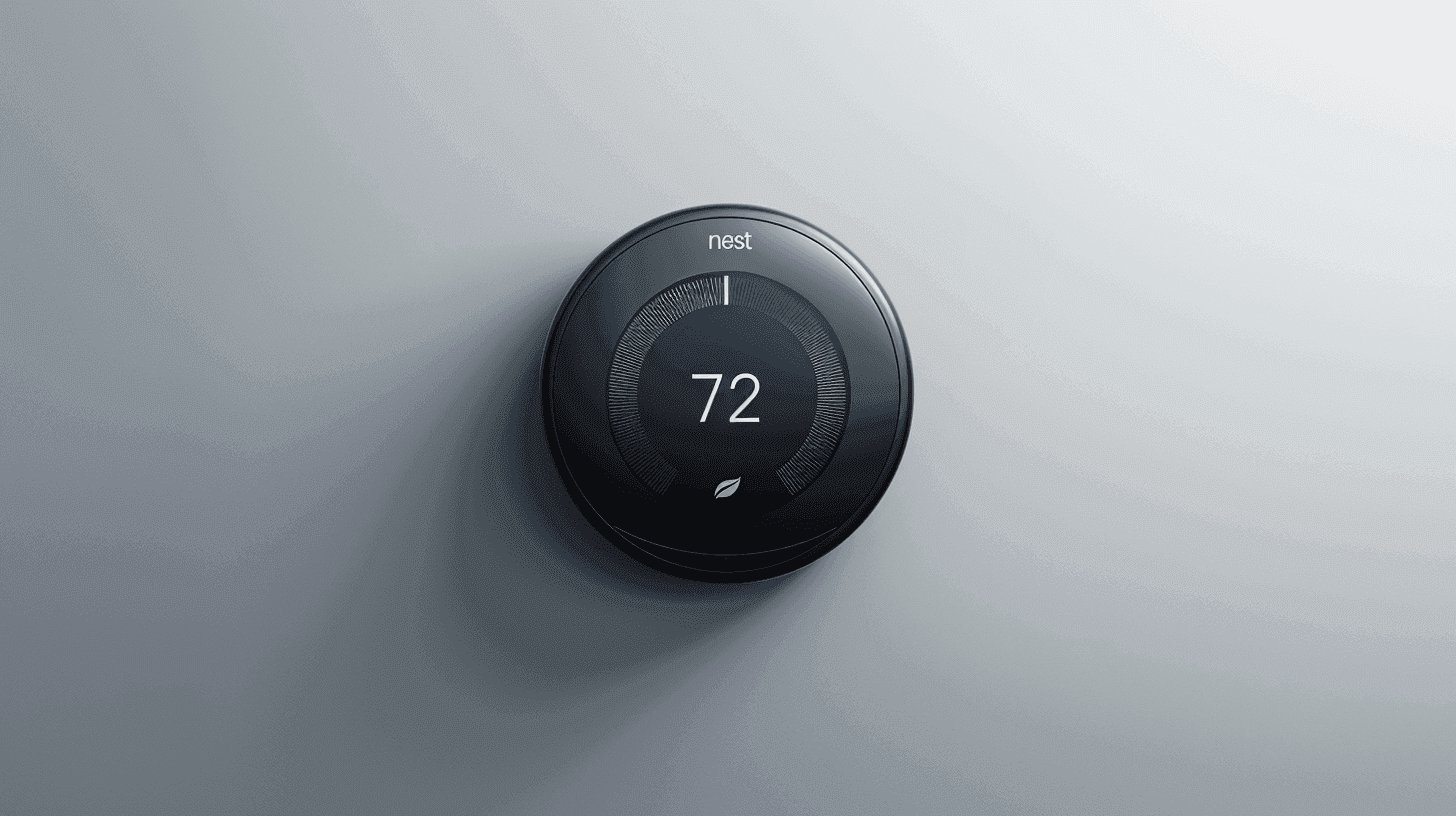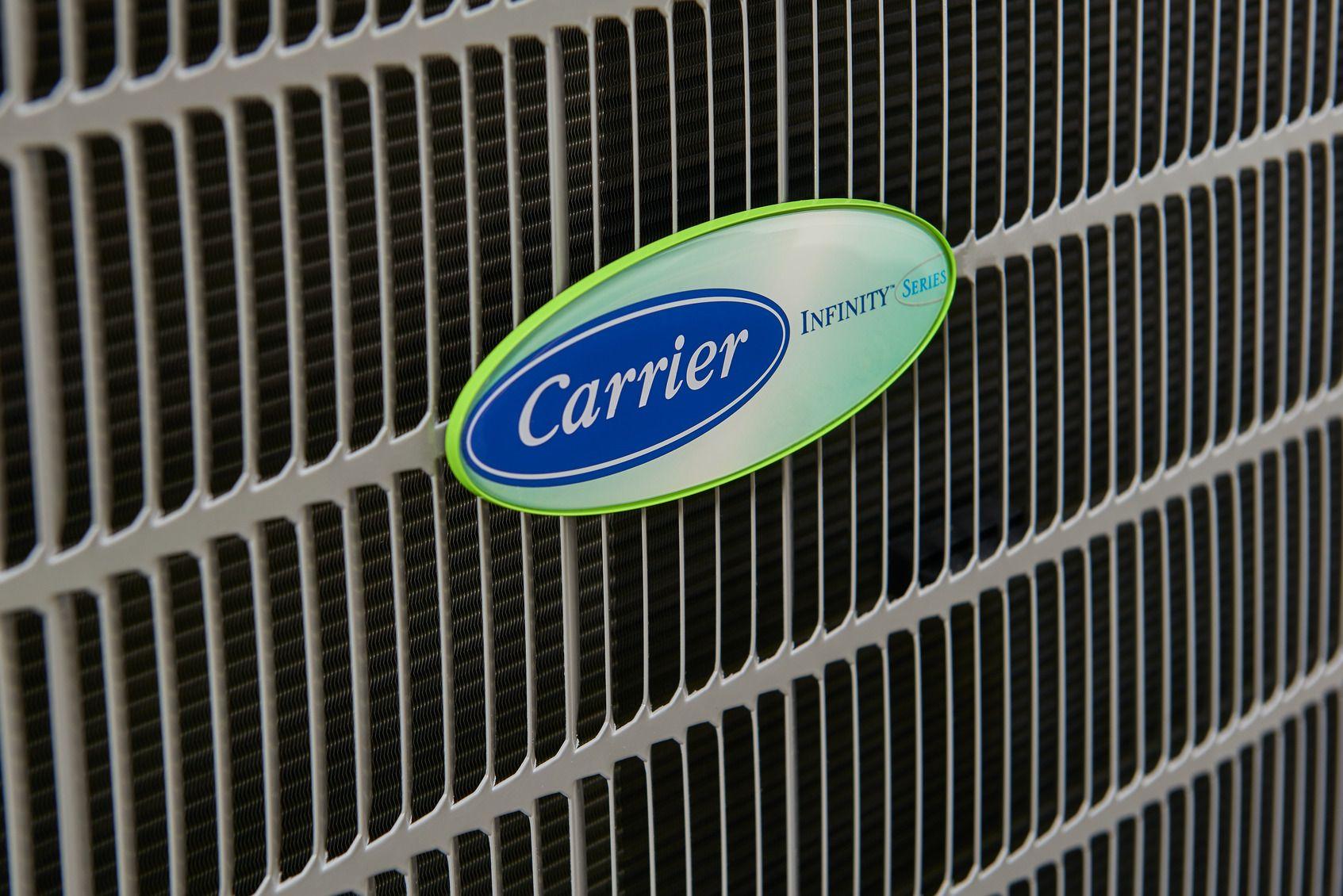
How to clean mold in a window AC unit
Sharing your quote takes less than a minute
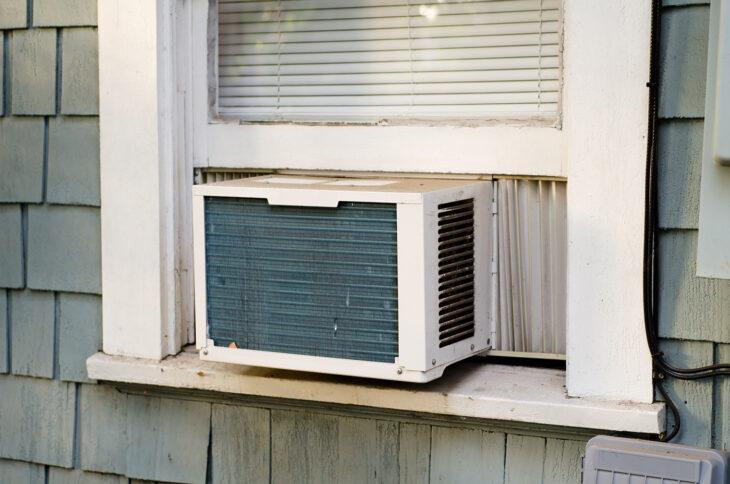
Do you smell that? If your air conditioner is putting out more than chilled air, you may be dealing with mold in your AC unit. A damp or musty odor is often the first non-visible sign that there may be mold in air conditioner parts you can’t immediately see.
Tackling the issue has far more benefit than ridding your home of the mildew smell (although that may rank pretty high on your priority list). Breathing in mold spores can create health challenges like coughing, wheezing, or an itchy throat.
If you can see mold on your window AC unit or a lingering odor indicates growth is happening just beyond the vent grille, don’t ignore it. We’re going to help you determine if you’re facing a DIY job, need to hire a pro, or may even need to purchase a new window air conditioner.
Mold? Ew! Connect me with an HVAC pro now!
Is mold in air conditioner units dangerous?
Before you determine whether your unit can be cleaned or should be replaced, it’s important to understand just how dangerous mold can be. Black mold in air conditioner units can develop for a number of reasons, and left untreated, the growth can begin to affect your family’s health.
Symptoms of mold exposure include:
- Coughing
- Wheezing
- Nasal congestion
- Itchy or red eyes
- Skin rash
- Irritated throat
These symptoms may be more severe in individuals who have a mold allergy. If you’re inspecting a window HVAC system, the fix can be fairly quick because the spread of mold spores was likely contained to a single room.
If, however, your problem is mold in central air conditioner components or ductwork, professional cleaning may be necessary. Mold spores can be distributed through a home’s ductwork, creating poor indoor air quality in potentially every room in your house.
What causes black mold in air conditioners?
Even if you invest in the best window air conditioner, the unit can develop mold if it’s unused for an extended period of time.
Over the winter months, for example, dust can collect inside the vents. With the right amount of humidity, mold can begin to grow, feeding on particles of dust. You likely wouldn’t notice the air conditioner’s black mold problem until you turn the unit on in the warmer months and a mildew odor fills the room.
It’s also possible for mold to develop if there’s a leak in the condenser or evaporator coil and moisture persists inside the unit. Plus, a dirty filter can serve as a food source for mold, accelerating the growth. Many units have a “check filter” light that indicates when cleaning is needed. You may also refer to your user’s manual for best practices on keeping the filter clean.
Steps to remove mold from an AC
To properly remove mold from your window AC, you’ll need to gather a list of common household items. Use our supply list below for guidance.
Window AC cleaning supply list
- Protective eyewear
- Face mask
- Latex or non-porous gloves
- Water
- CLR or other mold removal cleaner
- Mild dish soap
- 5-gallon bucket
- Cloth
- Scrub brush
- Screwdriver
- Vacuum cleaner with attachments
- Laundry detergent
- Bleach
Mold removal safety tips
You won’t know the full extent of the mold growth in your unit unless you remove it from the window. Grab some help to safely remove the AC and place it in a sturdy spot for cleaning, like the garage or outdoor work bench. It’s best to remove the mold from air conditioner parts outdoors so you have plenty of fresh air to combat the mold and any fumes from the cleaner.
AC unit mold removal instructions
- Safety first: Put on your safety gear (mask, eyewear, and gloves).
- Remove AC: Turn off the air conditioner and unplug the unit from its power source. Remove the unit and relocate it to an outdoor space or the garage floor for cleaning.
- Disassemble: Remove the front body grille of your unit. On most units, this can be done easily by pulling it forward and pushing down slightly. If the grille is screwed in, use the screwdriver to remove the screws.
- Remove filter: The filter will be located in the air conditioner’s front grille. Most filters are reusable and can be cleaned with soap and water, while other filters are disposable and may need to be replaced.
- Clean reusable filter: For a washable filter, fill your sink or bathtub with a couple inches of warm water and dish soap. Spray the filter with CLR (or your chosen mold-removal cleaner) and allow the filter to soak for approximately 15 minutes.
- Scrub filter: Next, use the scrub brush to clean both sides of the filter. Rinse out the filter with clean water and hang it to dry.
- Remove cover: Next, go back to your air conditioner unit and unscrew the metal cover located behind the front body grill and lift it directly upwards.
- Vacuum dust: Use the vacuum and attachments to clean out as much dirt and debris from the interior of the unit as possible. Use a cloth or sponge to wipe away any visible mold growth.
- Scrub the mold: Spray a liberal amount of your chosen mold cleaner onto the air conditioner and scrub the moldy areas of your air conditioner. Also, clean the air conditioner front grille if it has mold on it. Allow the solution to sit on these surfaces for approximately 10 minutes, then rinse with water and a damp cloth.
- Allow drying time: Let the unit, filter, grille, and metal cover dry completely.
- Install clean unit: Reassemble the air conditioning unit, install it into the desired window and plug it into its power source.
Sound like too much work? Click below to hire a professional.
Skip the search and connect with an HVAC expert.
Yes, please!
The housing of a window AC (the part that hangs outside your window) is waterproof, but you should be careful not to get water or cleaner within the controls on the front of the unit. Once you’ve cleaned each part, give the drying process 24 hours before you put it back together.
It should also be noted that if your window air conditioner has substantial mold growth, meaning the mold covers one-third or more of the unit, it’s best to purchase a new AC. It’s not likely that you’ll adequately kill all the mold spores, and even after heavy-duty cleaning, the mold may still exist and continue to spread.
Prevent mold in window air conditioner
If you’re thinking you’d rather put in the work to prevent mold in window air conditioner parts rather than break out the scrub brush and gloves each summer, we’re here to help.
- Remove dust from the unit to deprive mold of its food source. Use a vacuum to remove dust particles from the front portion of the unit.
- Use “fan mode” occasionally to dry out any exposed parts of the unit that may have become damp with condensation.
- Change or clean your filter as suggested by the user manual.
- Inspect the unit monthly while it’s being used to ensure mold isn’t going undetected.
- Clean the unit thoroughly once the summer season is over.
- Protect the unit with a durable air conditioner cover while it’s stored away after the summer season.
Mold in central air conditioners
If you suspect mold in your central air system or ductwork, contact an HVAC professional to handle the inspection and cleaning process. Repairing your heating and cooling system is not a DIY job and you don’t want to risk damaging other parts of the unit.
Need help finding a certified HVAC expert? Click below.
Find a pro to help clean my AC!
To ensure your system works properly for its intended lifespan, schedule routine maintenance ahead of the summer season. A technician can help you prevent mold growth and other damages from occurring so your home and family are comfortable when hot weather hits.
HVAC.com Can Help You Buy With Confidence
Worried about overpaying for your next HVAC project? HVAC.com delivers comprehensive HVAC quotes within 24 hours, giving you peace of mind to move forward with confidence. Utilizing data from thousands of HVAC quotes, we’ve established fair pricing to save you time, money, and frustration.
Frequently asked questions
Sharing your quote takes less than a minute

